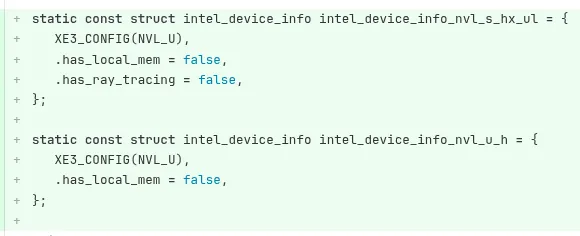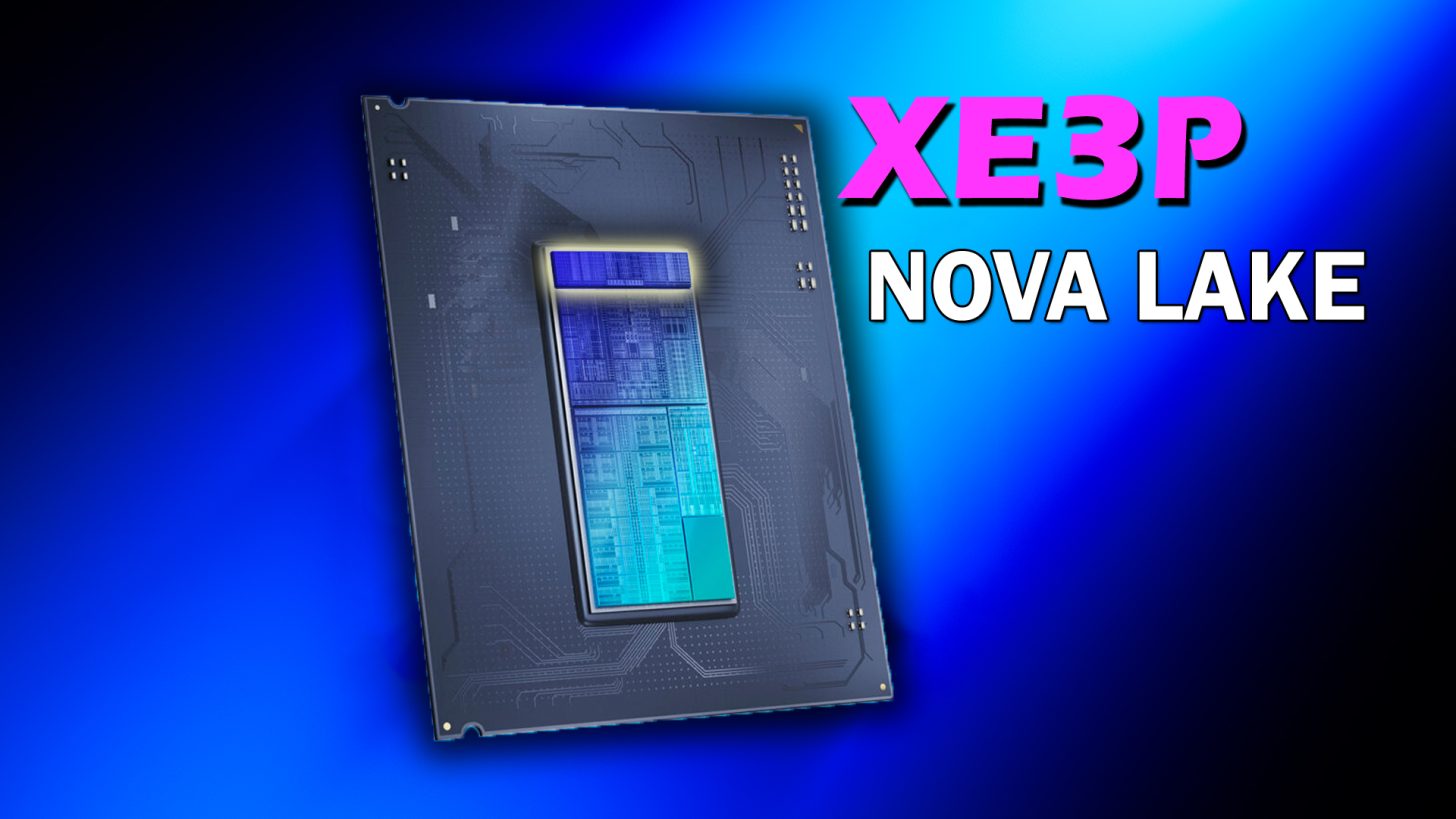Exciting developments are on the horizon for Intel enthusiasts as the company prepares to integrate its Xe3P graphics architecture into the upcoming Nova Lake CPU family. Recent Linux patches have unveiled this strategic move, signaling a shift in Intel’s approach to its next-gen CPU and GPU technology. As Nova Lake emerges as the successor to Arrow Lake, enthusiasts are keenly watching the evolution of Intel’s graphics capabilities.
Intel’s Strategic Expansion with Xe3P Graphics
Intel is making strides by incorporating support for the “Xe3P” graphics architecture within its systems. The company’s latest Linux Kernel patches confirm that Xe3P will be integrated into the Nova Lake family, set to debut next year. This expansion initially includes the Linux 6.19 kernel cycle and Mesa 26.0, adding support through Mesa’s Iris Gallium3D and ANV drivers for various Nova Lake variants such as S, U, H, HX, and UL. These developments highlight Intel’s commitment to providing robust platform coverage for its CPU and iGPU advancements.

Experimental Support and Future Prospects
As of now, the support for Nova Lake Xe3P graphics remains experimental. The current Linux and Mesa drivers require a “force_probe” environment variable for manual activation, indicating that the code is not yet fully production-ready. However, Intel’s track record with previous implementations suggests that stability will improve with future kernel release cycles. This phased rollout mirrors earlier strategies seen with Panther Lake and Wildcat Lake support introductions.

Ray-Tracing Capabilities and Limitations
Despite the promising advancements, not all Nova Lake variants will support Ray Tracing. Reports suggest that the Nova Lake-S, HX, and UL models lack the necessary hardware for this feature, leaving only the Nova Lake-U and Nova Lake-H variants equipped for Ray Tracing capabilities. This selective hardware support underscores the nuanced approach Intel is taking with its latest graphics integration.
